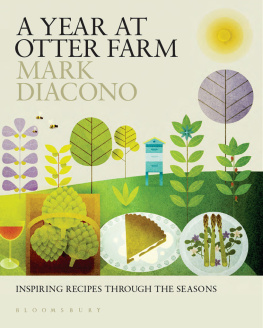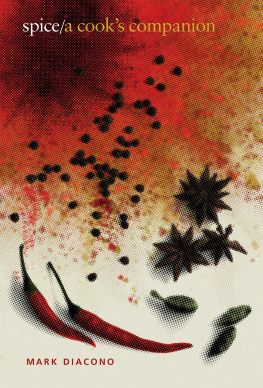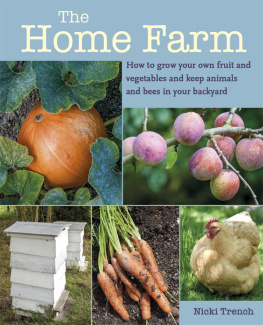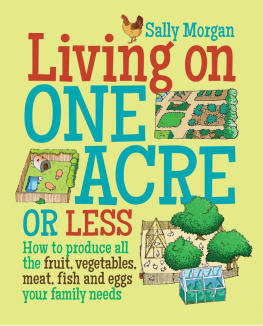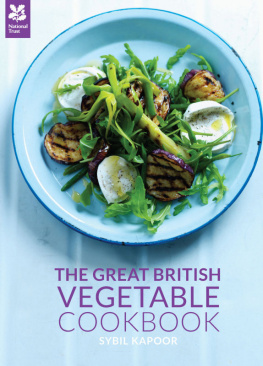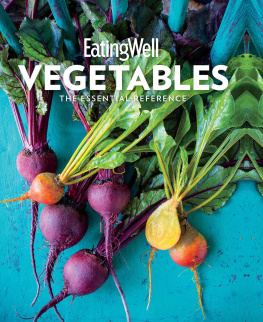Acknowledgements
A few years ago, when my chin was on the desk and I was wondering if I hadnt bitten off a little too much, an email pinged into my inbox. It was from someone called Trent Peterson. Id always meant to become friends with someone with a surname for a first name so this was good. He knew about vineyards and wondered if there was some work here. He was only here a day or so a week for 18 months but he made a huge difference, leaving his mark on the place and on us. Paul Collins, Stuart Woolger, Kate Colwell and Ali Thompson came later and have all made the place a happier and more productive one. The Riddles, the Beekens, David George, the Beales, Rodney Pring and the ever-youthful Vivian Bolt have all been the right person at the right time more often than once. To all of you, thank you.
Thanks, also, to Chris, Mike and Jayne at the nursery.
I am enormously grateful to Richard Atkinson and Natalie Bellos at Bloomsbury Publishing for their enthusiasm for the idea, and to Natalie for her dedication and skill in overseeing the creation of such a beautiful book with Xa Shaw Stewart. To Janet Illsley, thank you so much for your sensitive editing and vision; to Andrew Lyons, for such beautiful illustrations; to the very talented Jason Ingram, for the three pics of me where I dont look as gormless as usual; to Matt Cox, the brilliant designer, who somehow got the idea and feel of Otter Farm from Day 1, thank you.
As ever, I owe much to my agent: thank you, Caroline Michel at PFD, who couldnt be more enthusiastic or tireless.
To Candida and Nell, thank you for turning Otter Farm from an interesting venture into somewhere so rewarding and lovely to live and for giving it all meaning.
January
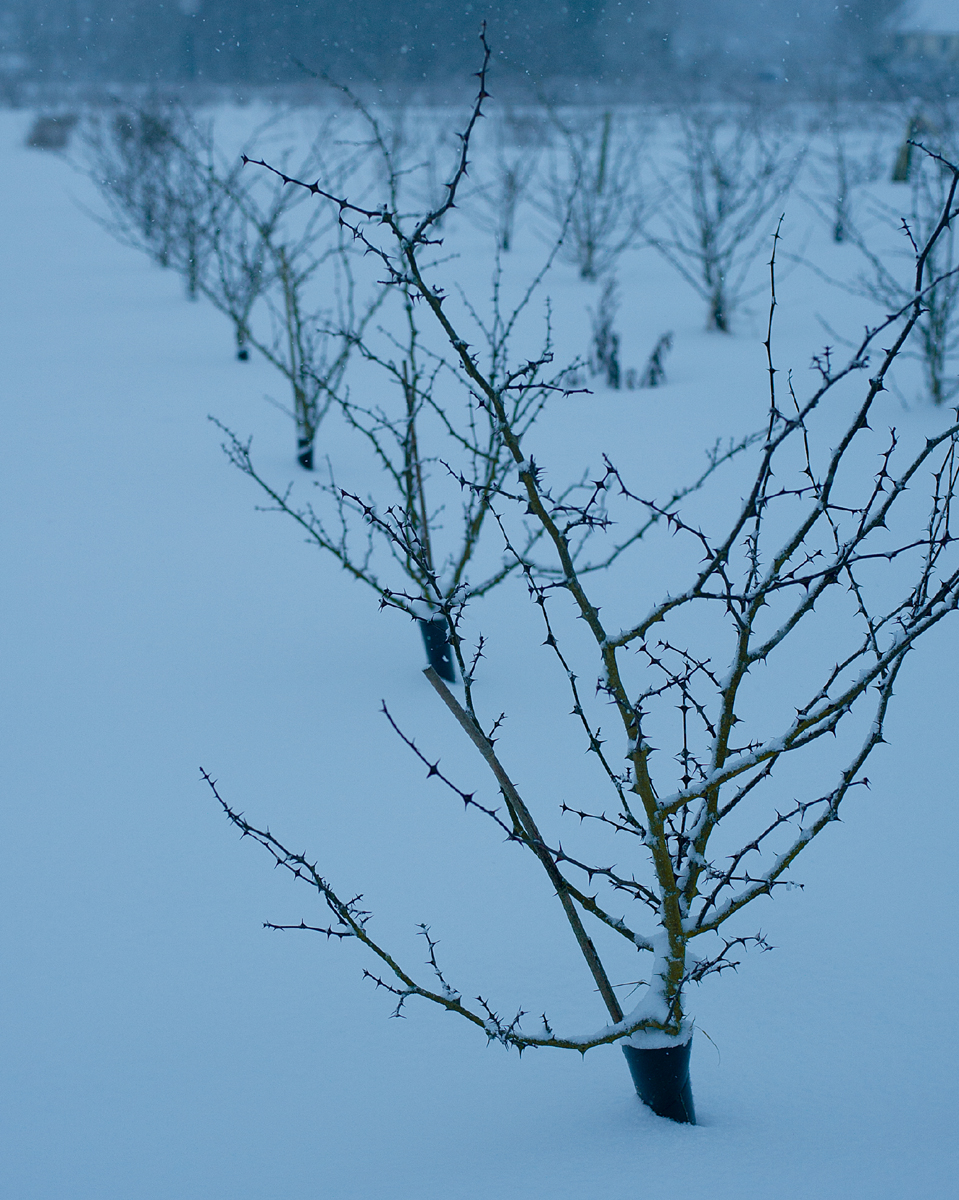
JANUARY (peak harvest)
Brussels sprouts, Cabbages, Cauliflower, Spinach, Sprouting broccoli, Swede
Of course, there is no freewheel into spring. January will seem two optimistic weeks long and February like a month and a half of icy winds but, at least for the early part of January, Im happy.
I pay for Decembers fireside idleness with icy fingers pruning the vines and most of the dormant fruit takes up much of January. It is not the most welcoming time to spend outside. You never quite know what you are going to get with March or April in Devon, but January is pretty reliable: it is almost always cold and wet, often relentlessly so. Snow can make a welcome change from the rain.
From the end of the garden, the vineyard looks closer at the start of the year. The fields are largely bare skeletons of trees and shrubs where greenery and movement used to be. Theres nothing to obstruct the view of lines of steel and stem. The four acres of potential wine looks vast.
Each of the 3,500 vines is assessed: how strong does it look; has it progressed well this year; how much fruit-producing wood shall I leave? The answers guide the pruning. A thick-stemmed vine with the woody remnants of this years vigorous shoots will be left (to varying degrees) with plenty of potential fruiting buds for the following year; any that are seriously struggling will be allowed to strengthen rather than fruit. It is the start of a little dance with the vines that ends in autumn and these are the most crucial steps. It is this simple, seasonal intervention that gets you most attached to your vines and their peculiarities, and that sets everything on its way in the hope of wine.
A day set aside for pruning the vines. We have to become close friends. What I have to do is encourage the right balance between fruit and leaves. Simple. Except today it isnt. I start and the wind picks up. I carry on and the clouds gather. I continue and it rains. And in combination with the wind, its just enough to take the feeling out of my secateur hand. Its slow going: 350 pruned in 6 hours. There are 3,500 vines. Even I can do that maths. And my boots are leaking. I stubbed the same toe that had a good solid skirting-boarding a fortnight before and was only just returning from purple to white.
I opened the barn door which set off a pool of water in a perfect arc from the roof down the back of my neck. Two minutes later, I discovered that only half had gone down my neck the other half was sitting in my hood, waiting only for the rain to start again and me to put my hood up. Rather than driving me into the warm arms of a lazy bath, all this incremental tedium makes me more determined to at least get one thing ticked off the list. I clear the sleeping beds and the paths between of weeds. I deserve cake, but I finished that yesterday. Nice to get one thing actually done though. Perhaps today, as Howard Devoto sang, My irritability keeps me alive and kicking, although I bet his toe wasnt as sore as mine.
14 January, 2009
JERUSALEM ARTICHOKES
Site Sunny and moist
Sow DecemberMarch
Harvest OctoberMarch
Notes Cutting the flowers directs the plants energies towards the tubers
TAKING A FORK to the ground beneath the Jerusalem artichokes tall dry stalks is the end to an autumn of wondering. There isnt the reassurance that the tubers are developing through the summer and autumn that comes with above-ground harvests like apples and cabbages. Until I dig, theres no way of knowing if the trug Ive taken to load with artichokes will return empty or need to be replaced with a wheelbarrow.
Its a bit of a moment for me every year. The earthy, mushroomy flavour of the Jerusalem artichoke is one of my winter favourites hearty and unmistakable without being loud and this is where I discover if Ill be eating them in the weeks ahead.
Jerusalem artichokes were made for winter. They are easily transformed into a fine soup, a wonderful risotto or a fabulous pure, and they are delicious roasted (which draws out their earthy sweetness without making them crisp) or cooked as a gratin, made into crisps, pickled raw in slices and even in the heart of a cake. Ive never been able to tell varieties apart for flavour, so I grow Fuseau as its the least knobbly and makes for easy peeling.
Jerusalem artichokes come from the river basins of North America they love plenty of sun and a moist soil so Ive planted them by the river, together with pecans, which love similar conditions and hail from the same region. The moisture, Devon can guarantee; the sun less so.
Having originally planted two lines of tubers in spring a few years ago, the Jerusalem artichokes have evolved into an untidy hedge, slowly expanding and thickening from any tubers I left in the previous year.
In late spring stems emerge, growing rapidly as the temperatures rise, producing a rash of striking yellow sunflowers in summer. They attract hoverflies, bees and ladybirds that help to maintain a natural balance of pests and predators, and are prolific enough for me to be able to cut handfuls to light up the house theyll easily last a week or so in a vase.
As the frosts hit, the top growth dies back. Hopefully the tubers will have matured. Although I may dig a few in late December, I harvest most in January when the farm is producing less abundantly theyre perfectly happy left underground until were ready to eat them, which is handy as they dont store well.
In a good year, they will often return a couple of kilos for each tuber planted. And when theyve been lifted, the stalks are added to the compost heap, making every centimetre from the tops of the flowers to the subterranean tubers useful.
Jerusalem artichokes have a reputation for two things other than their earthy flavour: being invasive and causing flatulence. Invasive is mostly a state of mind as with potatoes, any left in the ground will regrow the following year, which, if planted in a permanent home means you can buy tubers once and eat them forever. If not, just dig them up every year, as you would potatoes.
Next page
